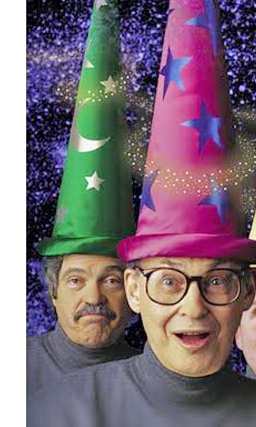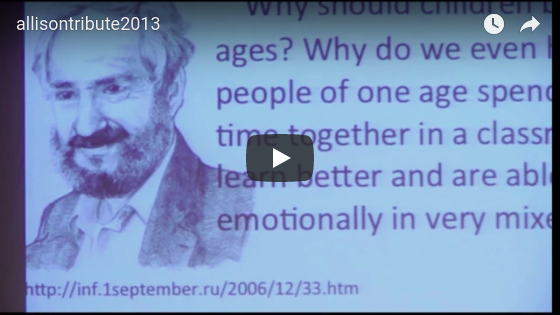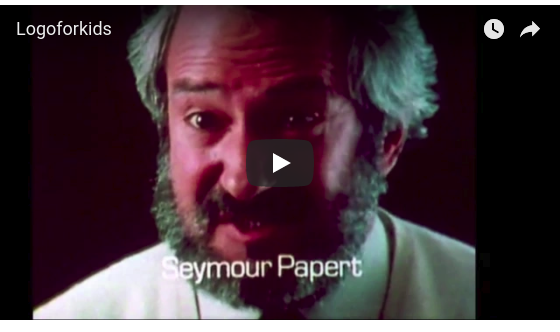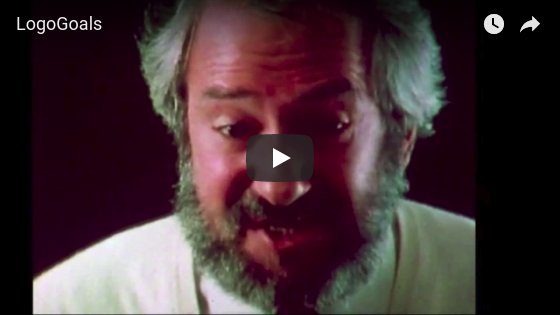logothings
Logo Things
 logothings
logothings
Table of Contents
- Home
- The 60s
- The 70s
- The 80s
- Atari Research
- Seymour Speaks
- Seymour Introduces Logo and Turtle Geometry
- Marvin Speaks
- Marvin on Education
- Logo Projects
- Turtle Art at One Laptop per Child
- Books and Papers
- Contribute
- Contact Me
Logo is over 50 years old.
My View of the History of Logo Especially 1967-1987



I started designing Logo, a language for learning, with Seymour Papert and Wally Feurzeig in 1966 at Bolt, Beranek and Newman, Cambridge, Massachusetts. In 1967 we had a working version of Logo implemented in Lisp running on a time-shared SDS 940.
Before I collaborated with Seymour and Wally I worked for Marvin Minsky at the MIT AI Lab as his secretary. Seymour started his work with Marvin before the BBN collaboration and in the summer of 1969 I joined Papert and Marvin Minsky at the MIT AI Lab and the Logo Group was formed. Wally at BBN continued work with Logo.
Why this website?
I started this website (originally as a wiki) because of Seymour Papert’s accident in 2006. It got me thinking about the past. I had already begun work on another website containing example Logo projects including video tutorials, images, and text. In creating this website, I want to encourage contributions.
Who am I?
I am Cynthia Solomon, a researcher in the fields of artificial intelligence, computer science and educational computing. While at Bolt, Beranek and Newman, I created the first programming language for children, Logo, with Wally Feurzeig and Seymour Papert. I was Vice President of R&D for Logo Computer Systems, Inc. when Apple Logo was developed and was the Director of the Atari Cambridge Research Laboratory (See my bio on wikipedia).
I received a Lifetime Achievement Award at Constructionism 2016. Here is my presentation giving a look at Logo’s history.
I also received the 2016 NCWIT Pioneer Award.
In looking for early records of the past I found very few pictures and videos, but posted what I had. (We mostly had taken screen images.) The earliest pictures I have are from 1969. I did find a few from the early 1970s. For example, here are Marvin and Seymour in 1971.
 </td>
</td>
In celebration of Logo at 50 I submitted a paper to a special issue of the International Journal of Child-Computer Interaction. Most of the paper was written in 1970.
cynthia.seymour.specialissue1.docx
This website is an experiment in collecting and presenting material on Logo.
History
Logo, the Language
The first running version of Logo was in 1967 and it was a place where kids could play with words and sentences – explore mathematics, write stories, make games,
The Logo language went through several iterations; four or five . By 1972 the MIT Logo environment running on a DEC PDP-11 with special turtle graphics stations which we showed at a math education conference in Exeter, England. It was the summer of 1972 and a group of us including Hal Abelson, Ron Lebel, Tom Knight, Margaret Minsky, and Erric Solomon went with the equipment four weeks before the conference. We set up Logo classes working with Exeter kids. Jeanne Bamberger and Seymour joined us a week before the conference. (Ron Lebel was the major hardware and software person. He chose to adapt Tom Knight’s graphics stations for the MIT AI Lab to this dedicated Logo system. Of course, Hal Abelson was involved as were a number of us in the language specifications. Each new implementation gave the Logo Group a chance to review and revise the language.) I always thought it was especially helpful that during the first few years Logo was not widespread and thus could go through several transformations.
In the 70s there were several new implementations which took into account new hardware capabilities. These included General Turtle’s Logo for stand alone workstations, Logo for the Apple II, TI-Logo, and so on. Logo for the Texas Instruments 99/4 took advantage of the sprite board. Now, you not only had color (introduced by the Apple version) you had more than one turtle.
At BBN Danny Bobrow who had been a doctoral student of Marvin Minsky and Seymour Papert was head of the Artificial Intelligence Group. He introduced Seymour to Wally Feurzeig, who was in charge of a couple of education projects, and Seymour began to consult on Wally’s school project. I joined Wally’s group writing Lisp code to build a teaching system for medical students.
The school project involved 5 classes, high school, junior high, and elementary. The students were using Telcomp a language similar to Basic except it was an interpreter. Seymour visited several classes and was particularly struck by the absurdity of students using an algembraic programminb language to learn algebra. He declared that children needed a language designed for them. And so Logo was invented. The idea was borne in 1966 and Logo was ready for kids in 1967.
Seymour taught a summer workshop to a group of 5th graders. Wally and I observed. I took copious notes and gave Seymour daily feedback. Logo was totally redesigned. In 1968-69 Seymour and I co-taught a group of 7th graders. At the end of te year Seymour declared we needed turtles!
I joined Seymour at MIT where he was a professor in the Applied Math Department. The Logo Group as part of the MIT Artificial Intelligence Lab was started.
More Pages
Allison Druin’s Tribute to Seymour at IDC 2013
Here Seymour talks about Logo and Basic.
Seymour articulates the goals for Logo the language.





